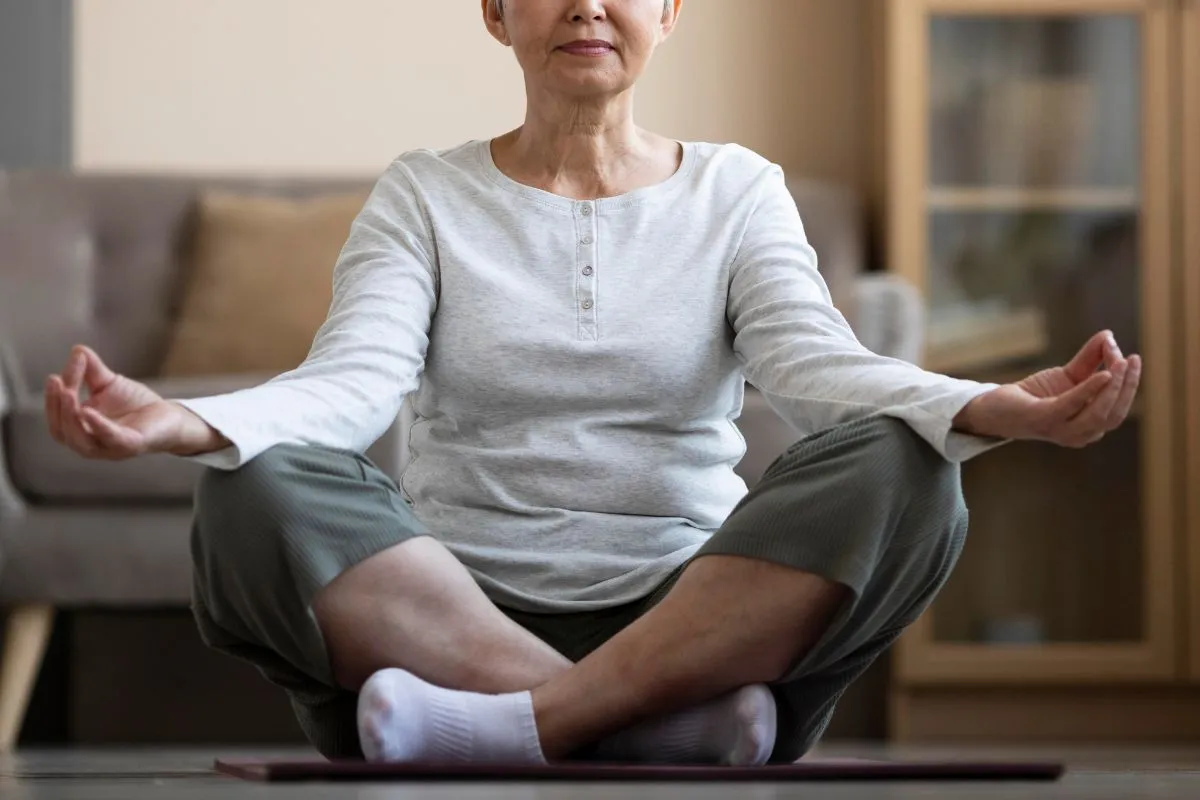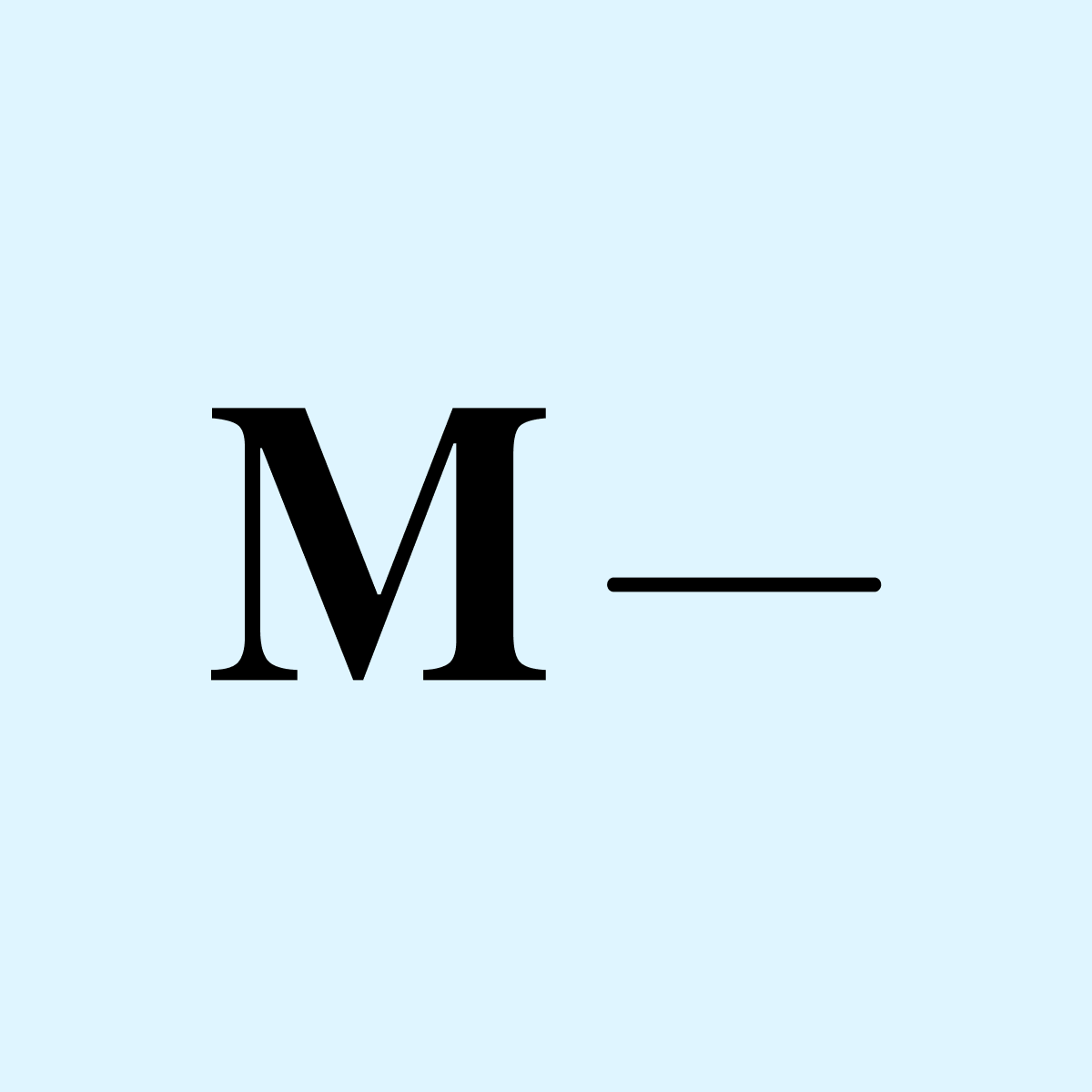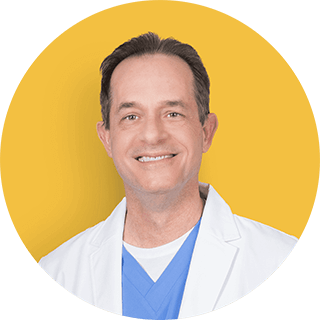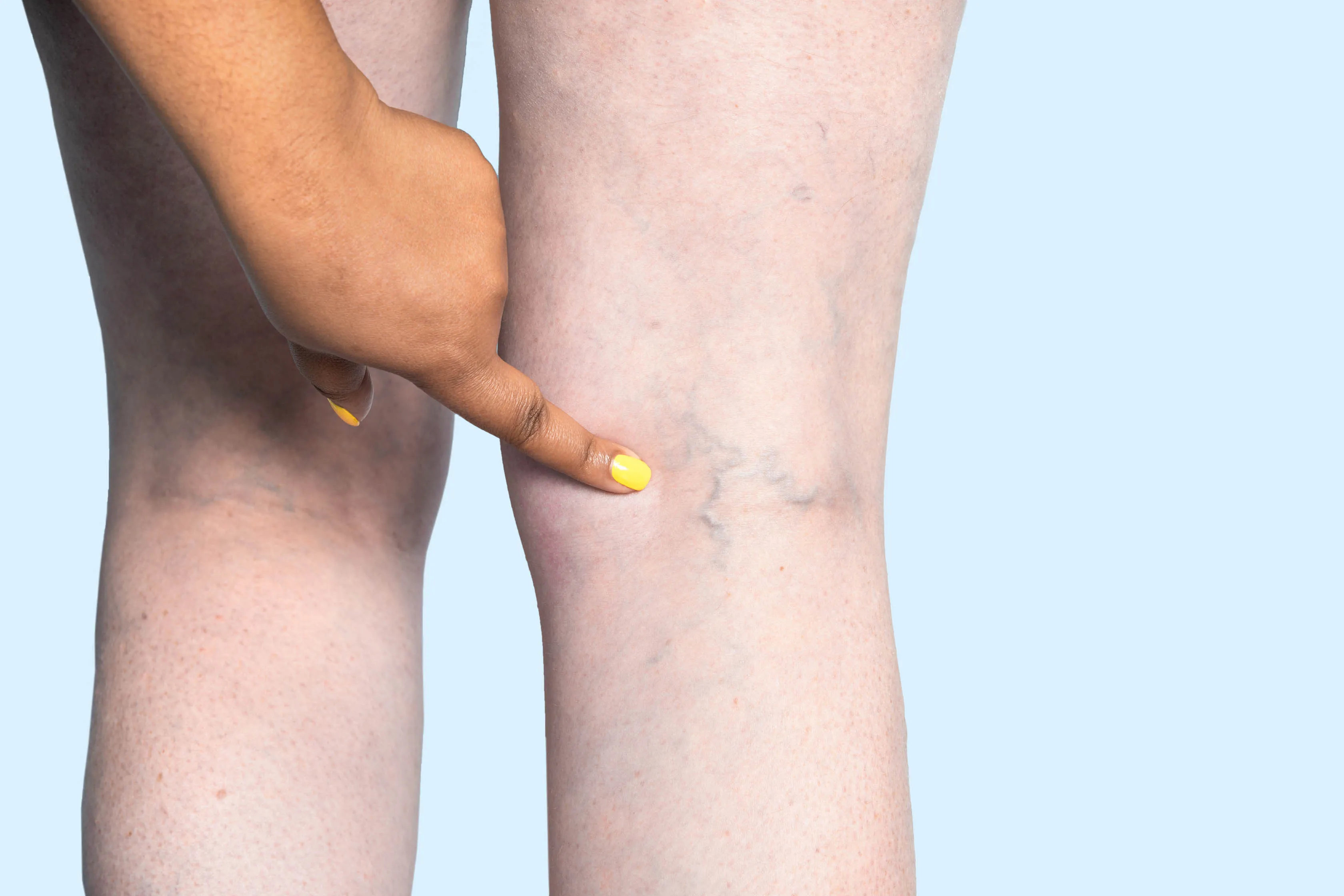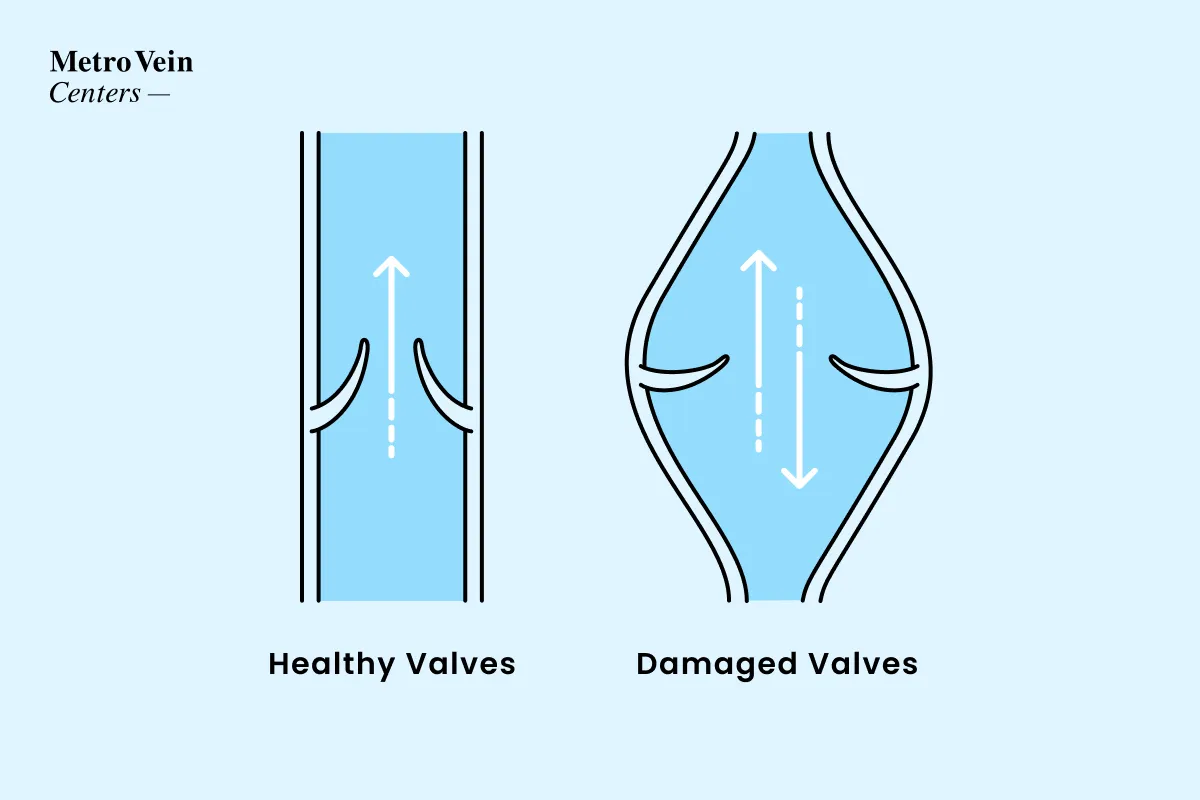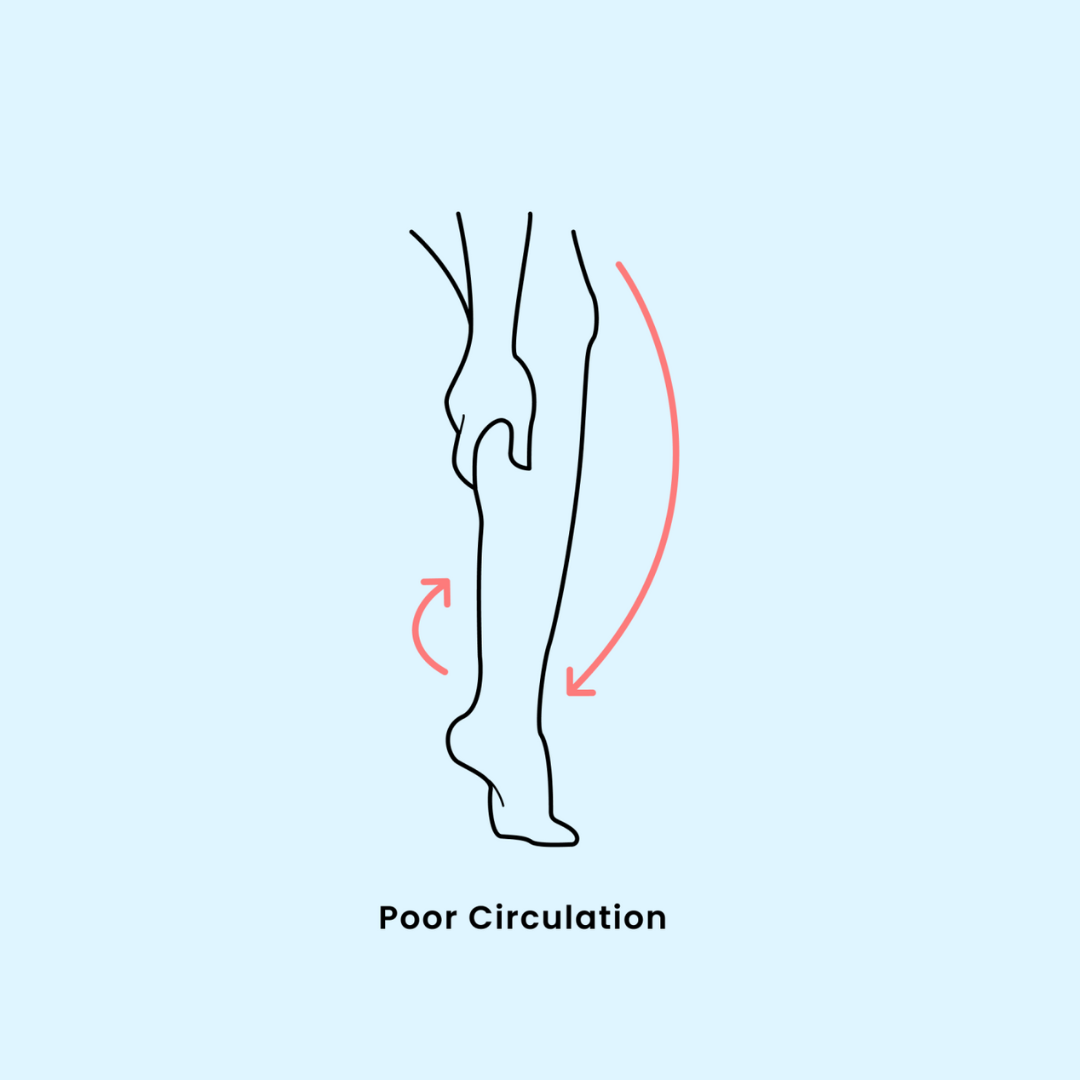
Poor Circulation
Poor circulation is a primary cause (and symptom) of vein disease or varicose veins. Malfunctioning valves in the veins affect the efficiency of blood flow, and can result in visible vein distortions such as varicose veins or more serious effects such as blood clots.
Do varicose veins cause poor circulation?
Your body’s circulatory system pumps blood from your heart all the way down to your toes, where it must then work against the force of gravity to return blood to the lungs and heart, thousands of times every day.
When you have vein disease (also known as “chronic venous insufficiency”), the valves in your veins are not working properly and struggle to pump blood back to the heart, causing blood to pool in the veins and protrude into varicose veins. This results in less circulation in your body and can lead to symptoms such as aching legs, heaviness, cramping legs, and more.
Certain lifestyle choices also can impact circulation. Drinking liquids like coffee or alcohol can tighten your veins temporarily, making it harder for blood to circulate efficiently. Genetic predispositions or inherited/developed illnesses, such as diabetes, can also impact circulation.
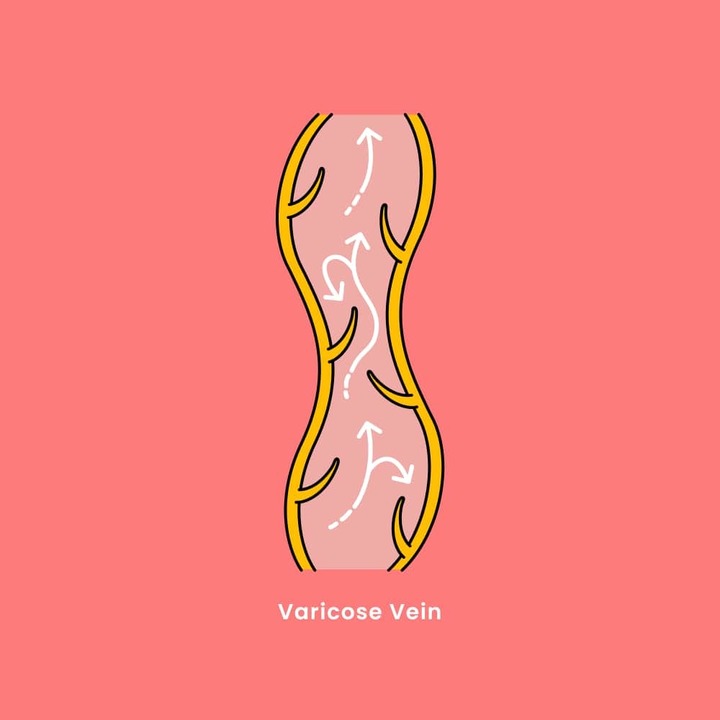
Is poor circulation dangerous?
The circulatory system has one of the body’s most important jobs, and even minor disturbances to its functionality can have negative health effects. Those suffering from poor circulation in their legs often experience “pins and needles,” an uncomfortable sensation of sensitivity and sometimes pain beneath the skin. Coldness and color changes to skin are often noted in patients with poor circulation. Clamminess and chilliness are generally not dangerous, but it’s always important to take notice of any changes in your body to protect your health!
Poor circulation is a primary cause of vein diseases like varicose veins or spider veins. The twists and bulges of these malfunctioning veins are born from issues with circulation and the further they twist, the more healthy blood flow is impeded. When varicose veins progress to later, more severe stages of chronic venous insufficiency, the risk of blood clots and DVTs is increased. Finding and fixing the root cause of vein disease by eliminating unhealthy veins can return circulation to healthier levels.
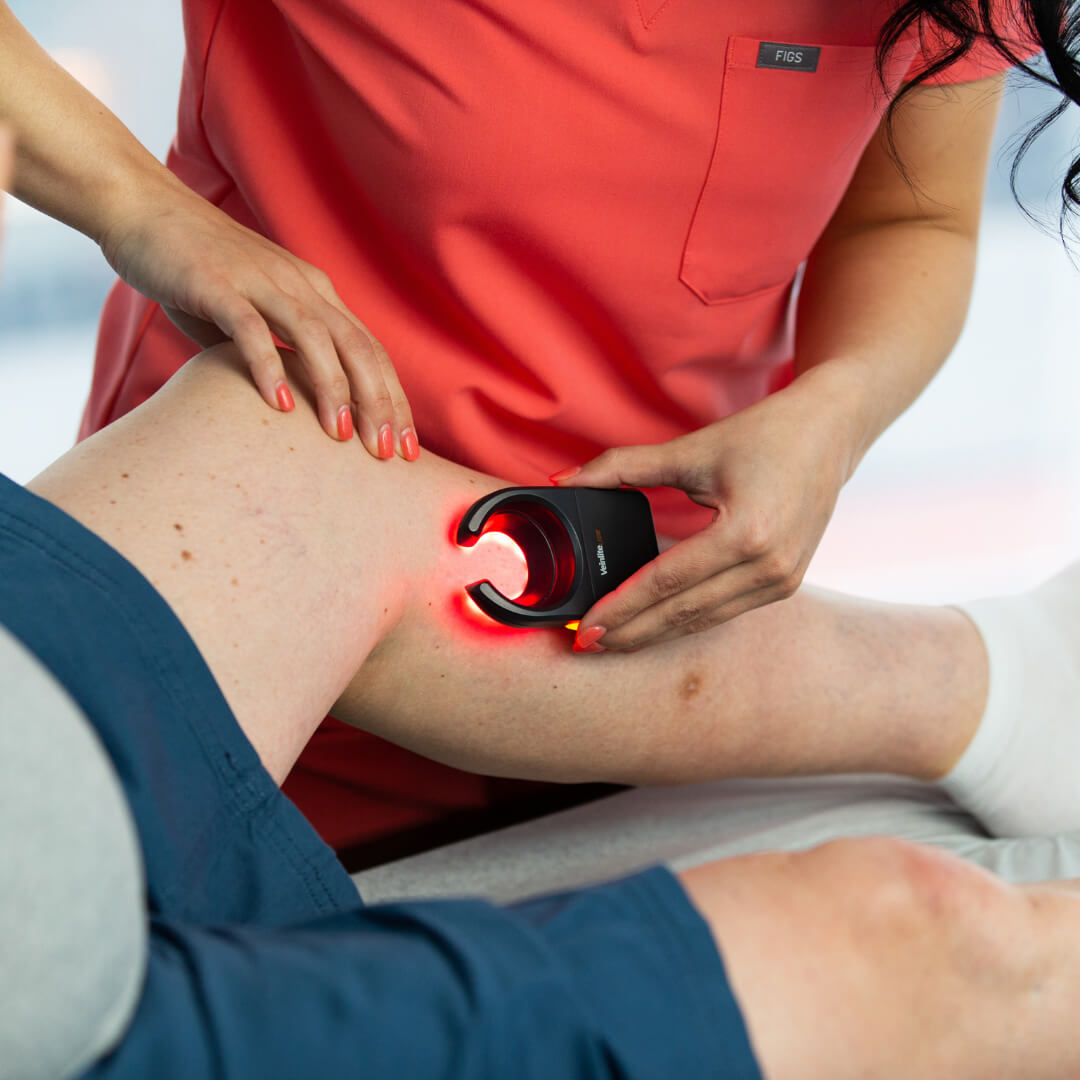
What are the risk factors for poor circulation?
Because the root cause of vein disease may be a genetic or hereditary issue, there may not always be a clear “risk” leading to varicose vein complications like poor circulation or related discomfort. However, some factors make a person more likely to develop varicose veins and related symptoms like weakened or poor circulation.
Do you ...
- Smoke?
- Have children?
- Know a family member with varicose veins or other vein diseases?
- Take hormonal birth control?
- Work a job that requires long hours of sitting or standing?
- Lead a sedentary lifestyle?
- Have diabetes?
- Live with autoimmune disease(s)?
Are you ...
- A pregnant or postpartum woman?
- Over the age of 40?
- Diagnosed as overweight?
Women are more likely to develop varicose veins and related complications than men, as fluctuations or spikes of the estrogen hormone are linked to vein disease. Family and/or medical history play a significant role in the appearance of venous insufficiency and varicose veins. Most people who have varicose veins also know a family member with spider veins, varicose veins, or another form of vein disease. There are also many autoimmune conditions that impact circulation as a primary result, or as a side effect (namely Raynaud's disease, vasculitis, lupus, and celiac disease).
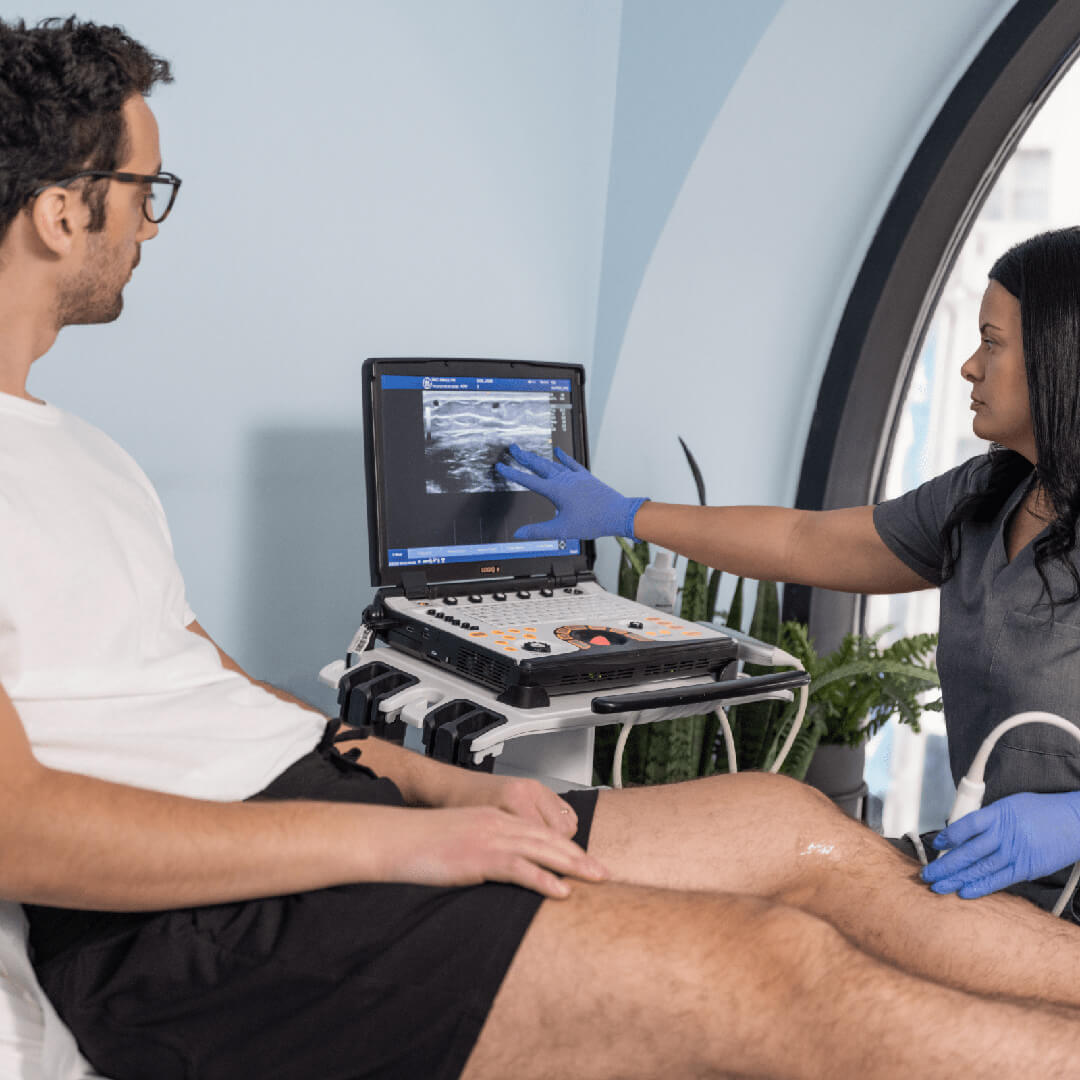
What can you do to treat and improve poor circulation?
Because poor circulation is a primary symptom of venous insufficiency, our team of board-certified vein doctors are familiar with its diagnosis and solutions. Our vein specialists will conduct a free vein evaluation to better understand your unique symptoms, which may include varicose veins and spider veins. Based on the results of an ultrasound, our vein doctors may recommend a series of vein treatments to gently close the diseased veins that are causing poor circulation and reroute your blood flow to healthier veins.
It’s important to remember that varicose veins are a medical concern that can be treated in a variety of minimally invasive ways. Injectable medicines such as varithena and sclerotherapy work on smaller varicose veins. Radiofrequency ablation and endovenous laser ablation can tackle larger varicose veins by using heat and pulsing radiofrequency energy to gently seal the diseased vein. VenaSeal is a medical-grade bioadhesive that seals varicose veins to redirect blood flow, and does not require the use of compression socks after treatment. Microphlebectomy removes a small portion of the malfunctioning vein for immediate results.
To find the treatment best suited for your specific concerns and symptoms, it’s always best to consult with a board-certified vein doctor or vein specialist, and the sooner the better! Vein disease is progressive, which means it worsens over time if left untreated, and the only way to diagnose vein disease is to be evaluated by professionals. We accept more than 200 insurance plans and are happy to discuss the details with your vein specialist, who will develop a custom treatment plan for your unique needs. Give us a call! We’re here to help.
For more information on poor circulation and varicose veins, book a free evaluation at one of our accredited vein clinics nearest you. We can be reached at 866-629-9848 with any questions.
Poor Circulation Myth Busting Q&A
Vein disease can only be diagnosed by a board-certified vein specialist, so any concerns about vein disease should be directed to a vein doctor during your free vein evaluation. That said, signs of poor circulation such as cold feet can be indicative that your veins are not able to work as efficiently as they are designed to. While you may not see any varicose veins, there are many veins below the surface, which can only be seen with an ultrasound, that may be causing your symptoms. Do you also experience heaviness, aching, itching, tingling, cramping, or burning sensations in your legs? Does your family have a history of poor circulation and vein disease? Checking these boxes as you make your appointment can help your vein doctor understand your predispositions and symptoms when you come in for your consultation.
While some vitamins and supplements, such as potassium and iron, are known to improve the strength of your blood vessels, daily vitamin consumption should only be considered a support to your vein health, not a remedy or solution to symptoms of vein disease. While it certainly doesn’t hurt to boost your vein health through diet, preventative measures are no failsafe when it comes to vein disease, because so many risk factors are due to genetics or predispositions which are outside our control. Vein disease is incredibly common, even in otherwise very healthy people, and often can be connected to family history, pregnancy or other simple explanation.
The bottom line is that you can take vitamins, but the only way to treat poor circulation resulting from or causing vein disease is to seek professional, medical treatment from a vein doctor.
Circulation can be affected by sedentary lifestyles, which many office workers experience as they sit throughout their workday. Extended periods of sitting or standing can have negative effects on your circulation. Activating your muscles helps your body pump blood against the flow of gravity, whereas stagnant muscles leave all the work to your veins.
Getting up at regular intervals to stretch or walk around, wearing compression socks while at work, and participating in low-impact or light exercise can all improve circulation in people who work sitting or standing. An action as simple as a calf lift or a light walk on your days off can help keep your circulation in good condition!
Like massage, any application of pressure to areas of low or poor circulation can offer temporary improvements to your circulation, but will not provide long-term or permanent improvements. Dry brushing gained popularity for its benefits in lymphatic drainage, but cannot reverse the effects of vein disease or cure circulatory issues (even with daily use). Dry brushing can be a great form of self-care, but we recommend seeking medical treatment if you have concerns about your circulation.
How do Vein Treatments Work?
Vein treatments work by closing off unhealthy veins, just in different ways! Once closed, blood flow naturally reroutes through neighboring healthy veins.
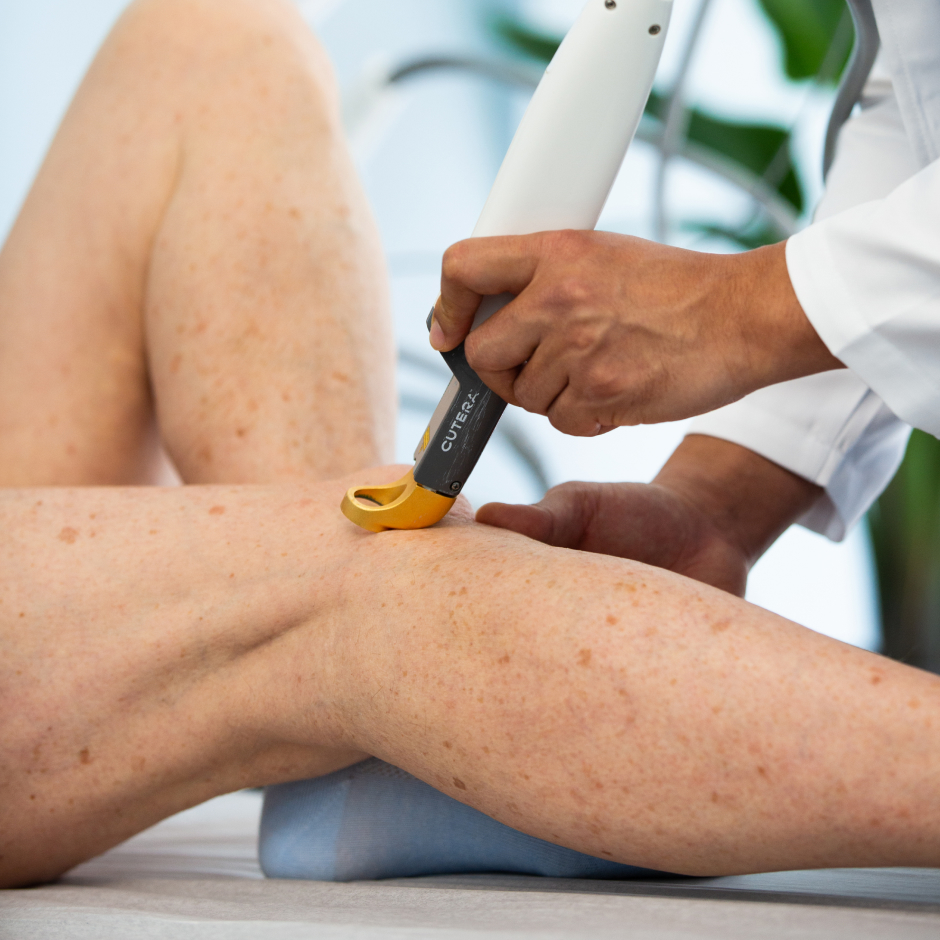

Poor Circulation Treatments
- State-of-the-Art
- Ultrasound Guided
- Less Than 30 Minutes
- FDA-Approved
- Minimally Invasive
- Minimal Downtime
Let’s talk about you
What are your veins like?
Get a snapshot of your vein health in just a few clicks.


